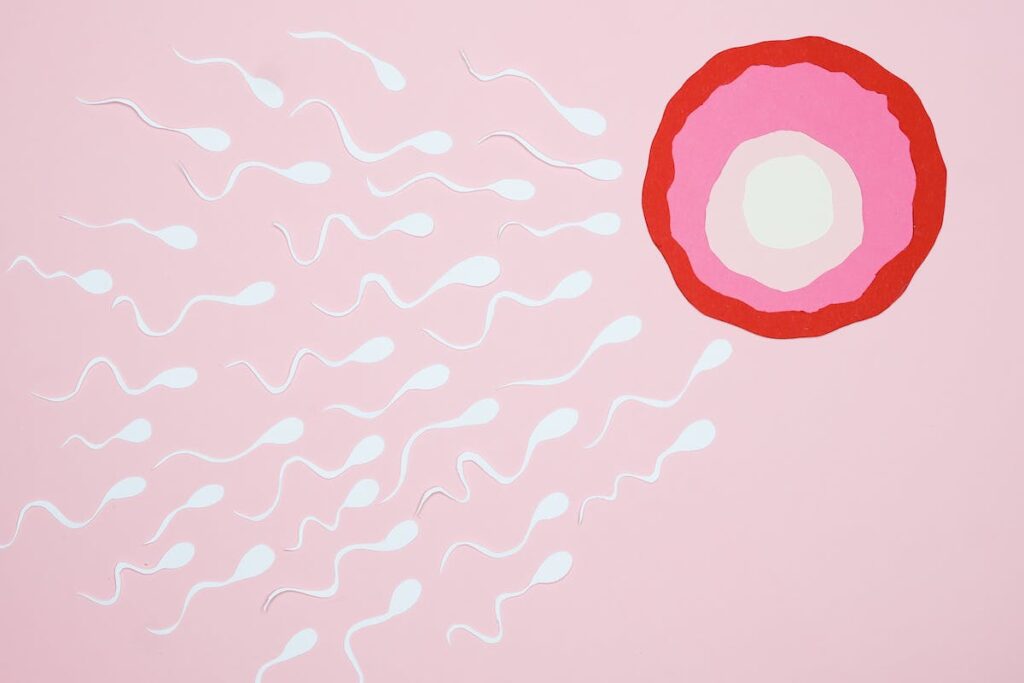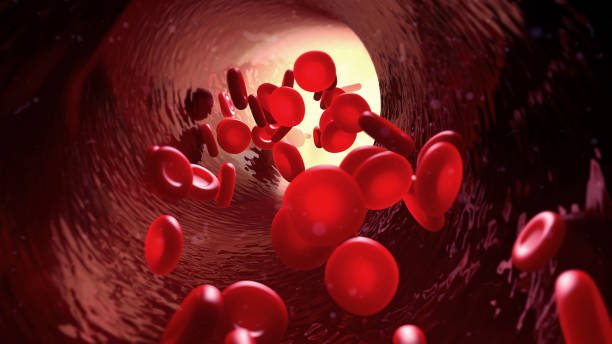Facts about the human body. It is not an urban legend. Although men are generally taller than women, development during childhood occurs more rapidly in girls, so girls are often taller in their early years. The “growth” of children occurs later.
1- Babies have more bones than adults
Specifically, 100 more bones. With growth, these bones fuse into one, which is why we reach adulthood with fewer bones than we had at birth.
A baby has around 305 bones, compared to 206 in an adult. The justification? The skeleton of a baby is essentially acquired by cartilage, which develops into bone through a process known as ossification. One bone is created when two bones combine.
2- In spring babies grows more
If we continue talking about child growth, numerous studies show that spring is when children grow the fastest. Fever episodes also cause growth to occur more quickly.

3- Fever protects us
Fever, far from being a threat, is a defense mechanism, which is why some doctors are inclined not to lower it immediately if there are only a few tenths. Of course, if it exceeds 38º, it is necessary to start remedying it, since high fevers can trigger irreparable consequences.
As we have just commented, it also favors the growth of children, although at an early age it must be especially watched as it can be very dangerous.
4- The kidneys filter 57 liters of blood per hour
Do you need more reasons to take care of your kidneys? The kidneys are continuously filtering the blood and in fact filter it completely several times a day.
A quarter of the blood pumped by the heart, or around 1.2 liters per minute, is received by the kidneys. We can estimate that a person’s kidneys filter their entire blood roughly 12 times every hour!
5- Which is the smallest cell in men and the largest in women?
The sperm and the egg, respectively. Curious, right?
The number of cells in the human body is huge. As the tiniest component of living things, cells serve as both structural and functional components.
The human body has several cell types (many cells). It is made up of 10 trillion interconnected cells, each of which performs a specialized task, such as reproduction, protection, nourishment, and energy generation.

6- How long has a 70-year-old person breathed in his lifetime?
On average, by reaching this age we have breathed 600 million times. Impossible to tell.
An adult at rest breaths on average 16 times every minute (or 23,000 times a day). You’ve breathed in and out around 250 million times by the time you’re 30.
You would think that after all of this practice, we would all be breathing specialists.
7- The tongue is a muscle
Yes, but it is actually a muscle made up of 16 other muscles.
In reality, the tongue is made up of two sets of four interconnected muscles. They include the extrinsic muscles, which support movement and connect the tongue to structures in the head and neck, as well as the intrinsic muscles, which are in charge of altering the form of the tongue.
8- What is the most working muscle?
It is the heart, subjected to a higher rate than the rest of the organs. Reason enough by itself to take care of cardiovascular diseases, hypertension and cholesterol, among others.
Male mature hearts weigh only 340 grams and are the size of clinched fists. It has two atria and two ventricles, making up its four sections.
The typical heartbeat is 72 beats per minute, which translates to 104,000 beats per day, 38 million beats per year, and over 2.5 billion beats over the course of a lifetime.
With each beat, it pumps 85 grams of blood, or more than 9,000 liters each day.
The heart beats a little bit quicker in women than in men. An additional 8 beats on average are counted every minute.
To visualize the size of your heart, make a fist. This is an approximate size of the actual measurement of your heart. Do you want to know the force it makes? Try to squeeze something solid in your hand.
9- What is the length of our blood vessels?
Around 60,000 miles (does all that fit in here?)
Another interesting fact is that if we removed all of a person’s blood arteries, we could travel the globe about 2.5 times.
Capillaries make up roughly 80% of this overall length despite being the tiniest blood vessels. Yes, even for an adult, it’s a lot.

3d illustration blood in blood vessel
10- The speed of a sneeze
Almost 1000 km per hour, but at the end of the route it loses some strength, that’s why we don’t unleash a hurricane by sneezing. Also, the amount of air is insufficient.
“Sneezing is a defense mechanism against environmental triggers that aggravate the nose and are common in daily life. As a result, it must discharge bothersome mites, pollens, and even germs quickly. With each sneeze, more than 40,000 particles are expelled.
11- Curiosities about blonde people
On average, a blonde has more hair than a brunette, but only 16% of women are naturally blonde. With age, hair darkens.
About 16% of the world’s population is naturally blonde;
7) The genetics of blonde hair affects only the color of the locks, not influencing the tone of the eyes and skin;
12- Why do we breathe through the nose?
When it’s cold, we should avoid breathing through the mouth, since when doing it through the nose the air travel is greater and the cold is lost along the way. If we breathe through the mouth, the cold air reaches the lungs directly.
13- In the morning we are taller than at night
The difference is practically negligible to the human eye, since it is only 1 cm, but it is at least curious. This is because during the day, due to the weight of the body, the tissues shrink slightly.
It’s easy to understand! The intervertebral discs, which are gelatinous cartilages between the vertebrae of the spine and have the job of softening impacts between the vertebrae and also aid in the movement of the spine, have an excess of fluids throughout the night’s sleep while our body reorganizes itself.
14- How many times do we blink in a day?
Is it the muscle we move the most?
On average, we blink 24 times every minute, or roughly 34,560 times per day. Each blink lasts a fraction of a second, and both the length of duration and the frequency vary depending on our mood and level of fatigue.
We can blink up to 40 times per minute, for example, after a day of learning and fun!

15- How many days could we last without eating?
Among the curiosities of the human body is that of being able to endure without eating up to 7 days, under normal conditions.
Of course, you would begin to notice the effects practically from the first hours.
16- And without drinking?
But things change if we talk about drinking, since without water we would only last 48 hours.
Therefore, dehydration appears to be more devastating than malnutrition. Another of the curiosities of the human body that we should not underestimate.
17- Try to sneeze with your eyes open
Technically, it is impossible. Just like the old trick of sucking on your elbow.
When we sneeze, why do we close our eyes? Although sneezing may even appear natural, it is so powerful and forceful that the jet used to evacuate the particles may travel at a speed of up to 160 km/h.
This makes it nearly hard to sneeze while keeping your eyes open.
18- What causes freckles?
An inequality of melanin in certain areas of the skin. It usually occurs mainly on the face, but also on the arms and shoulders.
With a hereditary tendency, fair-skinned, red-haired individuals are more likely to get the infamous spots. However, extensive sun exposure, particularly following sunburns that result in redness and peeling, is the major cause of freckles.
19- How many hair do we have on average?
In number 16 of our curiosities of the human body we tell you that we lose 100 hairs per day. Does it seem like a lot to you? A normal head contains around 100,000 hairs on average.
You can have 150,000 hairs by the age of 25. Babies have between 100,000 and 150,000 hairs when they are born. There are 150,000 hair follicles in your 20s to 30s.
Between the ages of 30 and 50, a person’s hairfall drops to 485 hairs on average. As people become older, they lose more hair; for instance, an octogenarian can have 435 hairs.
A normal hair grows about 1.2 cm per month. This would give us a figure of around 15 cm per year.
20-How much does the nails grow in a month?
On the other hand, the nails grow 2 cm in a month. Although the normal rate is 24 cm a year, when it reaches 30 cm growth stagnates.
And How long does it take for a nail to renew completely? If we painted our nails and did not remove the polish, we would see that the base moves to the tip in a period of 6 months.
